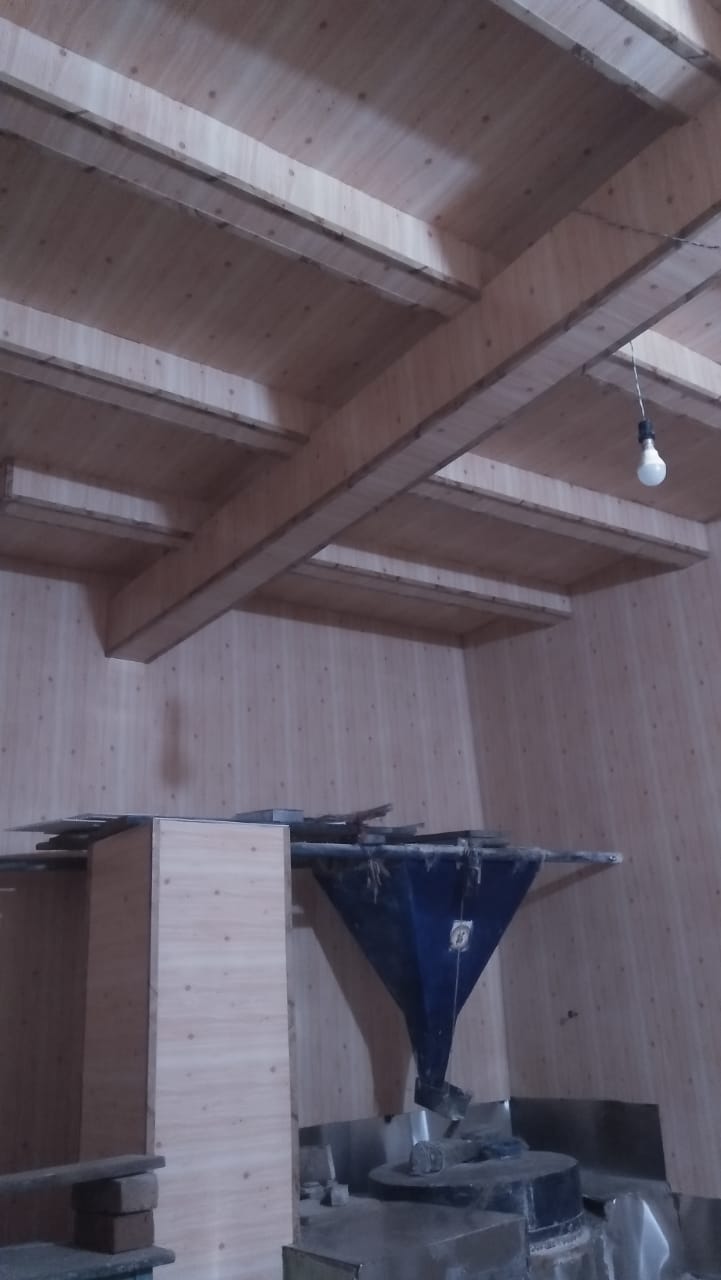KB Chiya Jungar
Jhangora grows in the high altitudes of Uttarakhand. Also called sawak or shyama ka chawal in Hindi, Jhangora is a nutritional powerhouse with high levels of protein, calcium, iron, minerals and vitamin B complex. It is also low in carbohydrates and gluten-free, making it an excellent grain for those with gluten allergies, type II diabetes and cardiovascular diseases.

Traditional watermills (locally known as panchakki, gharat, ghat, ghatta) are still popular as people prefer grains ground by these mills. Slow revolving grinding stones which prevent heating up of flour due to water flowing underground helps in retaining flavour, aroma and nutrients of the cereal. These traditional watermills, though low in efficiency, have proven to be the best examples of clean energy generation at small scale.
Health Benefits of Jhungar
Whole grains have been a part of the human diet for tens of thousands of years. While a high
intake of refined grains is linked to health problems like obesity and inflammation, whole grains
are a different story.
In fact, eating whole grains is associated with various benefits, including a lower risk of diabetes,
heart disease, and high blood pressure.
- It is a wild seed & not a grain.
- Used in preparing different types of porridges.
- When cereals are not consumed during fasts, barnyard millets are a popular ingredient during the fasting days.
- Low in calories.
- Good source of highly digestible proteins.
- Rich in dietary fiber (12.6%) [4.2% soluble and 8.4% insoluble fiber). Thus helps in preventing constipation, excess gas, bloating and cramping.
- Low Glycemic index food i.e. carbohydrate content is low and slowly digestible. Thus recommended for patients with cardiovascular disease and diabetes mellitus.
- Gluten-free food
- Good source of iron (18.6 mg in 100 gm of raw millet).


